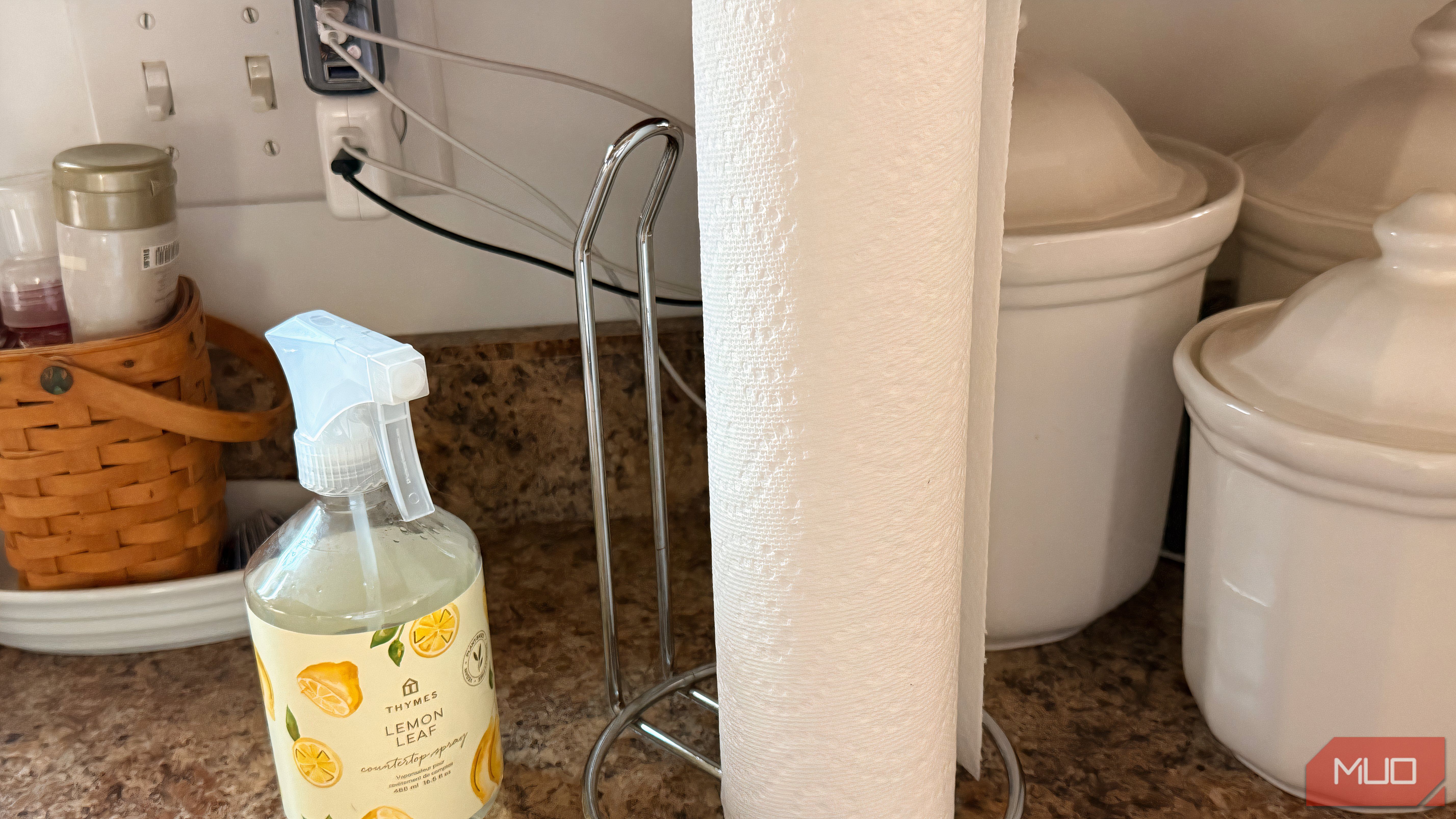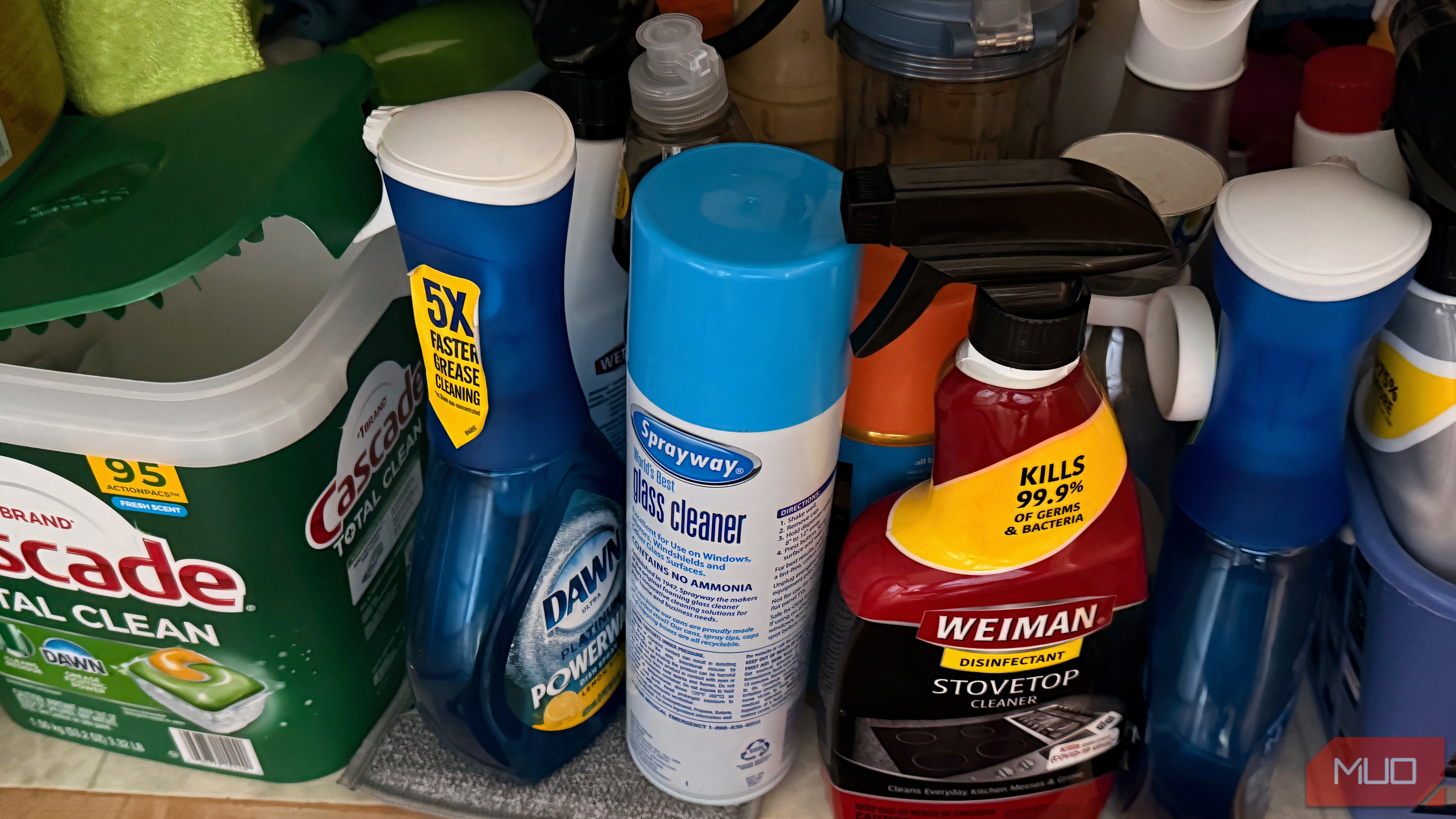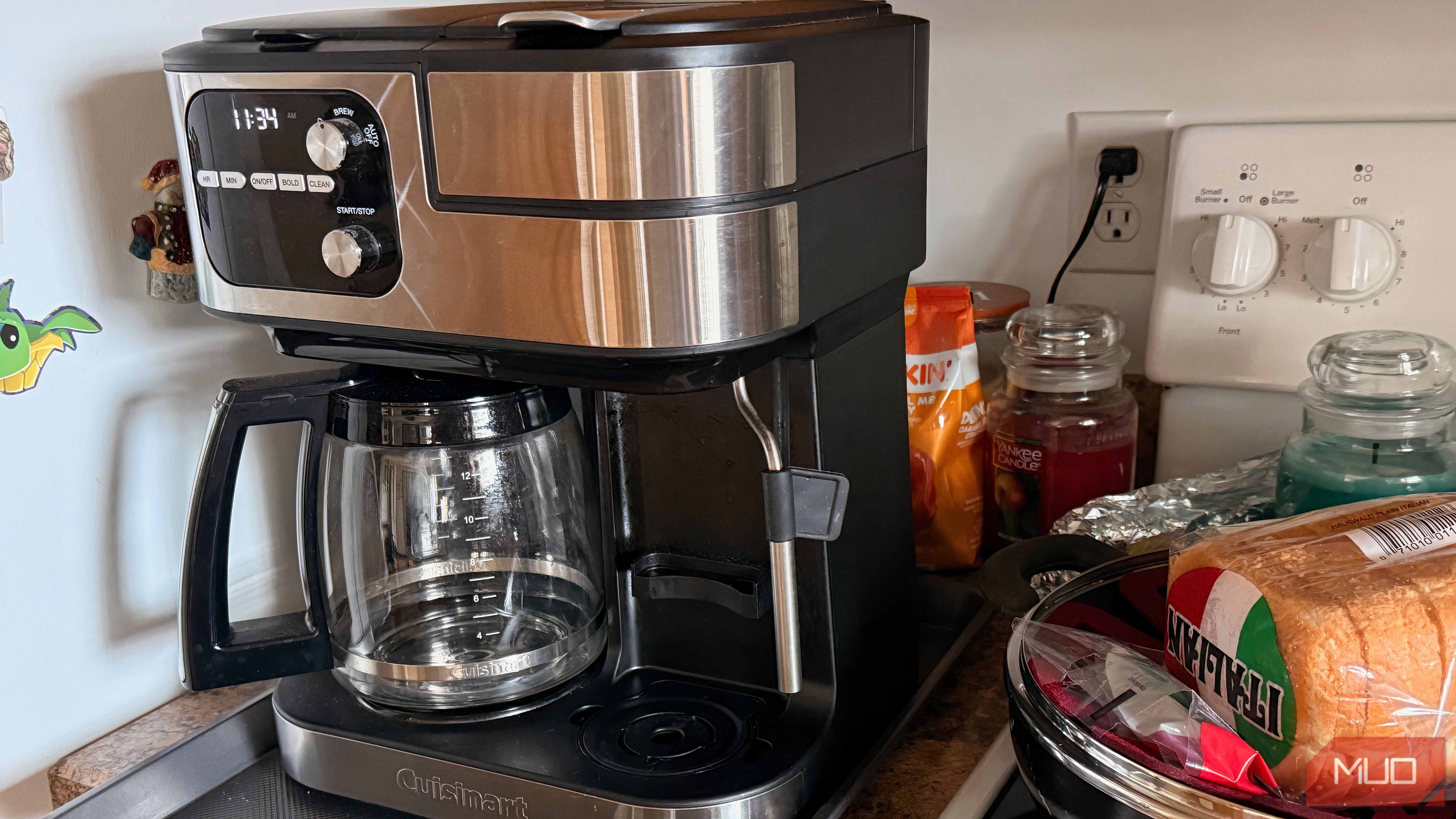Many people treat the space underneath their kitchen sink like a larger junk drawer. But you might be surprised to know that many items in your home shouldn’t be kept under the sink.
Cleaning Rags, Sponges, and Paper Products
For the sake of accessibility and convenience, many people throw rags for cleaning the kitchen, grocery bags, and similar goods under the sink. Sponges are another common item of this type, since they’re used all the time for washing dishes. While these three items sound like they’d be ideally suited for storage under the sink, doing so is a mistake.
Although rare, you could have plumbing problems in your kitchen, where even a small leak could cause significant damage. That water getting where it’s not intended could destroy many items placed underneath, including paper products and those mentioned above. Additionally, the cabinets below a sink are prone to being a breeding ground for mold and mildew, which you don’t want to spread to other areas of your home.
Instead of storing cleaning rags, sponges, and paper products under the sink, place them in an adjacent drawer or a utility closet. They’ll still be in the kitchen, but better protected.
Food and Perishable Goods
For many of the same reasons, food and perishable goods have no business being stored underneath the kitchen sink. The potential for mold and bacteria to accumulate under the sink is obviously bad news for any food you’re planning to eat.
There’s also the possibility of pest infestation. It’s easier to miss the signs of rodents and other pests getting into your food when it’s hidden under the sink, compared to in plain sight.
This limited accessibility and visibility are other reasons to put your fresh fruit elsewhere. Forgetting where food is only to find it spoiled or rotten later is a mess, and not enjoyable.
Keep anything perishable in the fridge, where it’s still easily accessible (though that might require some rearranging for best results). For items that don’t require a cooler temperature, such as canned goods, flour, cereal, and pasta, a kitchen pantry is best. At a minimum, place these items in a dedicated kitchen cabinet that’s easily accessible.
While this comes as no surprise, it won’t help you keep indoor plants alive to put them under the sink, either. They need their light!
Household Chemicals and Pesticides
While the various sprays in your home have plenty of uses, all those chemicals mean they can also be dangerous. By placing them below the sink, these items become easily accessible to children and pets. And because the area under the kitchen sink typically lacks adequate ventilation, those chemicals can leak and accumulate dangerous fumes.
Many household chemicals are also highly flammable. So, storing them in an enclosed space near a potential heat source (like hot water pipes) is a significant fire risk.
In my home, I store all household chemicals in a locked, but ventilated, cabinet in my basement. It’s out of the reach of young children and nowhere near food. And inside the cabinet, the chemicals are stored on a non-absorbent surface.
The under-sink area is also a poor choice for storing extra trash bags or plastic bags from stores. Biodegradable or compostable bags also have no place in the kitchen under the sink. While you don’t want them to get wet or grow mold, there’s another reason not to store bags here: child and pet safety. A young child or your dog could face a suffocation risk by playing with a bag.
Ideally, you should store bags in a utility closet or a cabinet located above the sink, out of the reach of children. If you have no place to store your many trash bags, consider replacing them with a smaller number of reusable ones and placing them in the same area as you would the others.
Small Appliances and Electronics
About a year ago, I found myself swept up in the personal blender craze. My short-term obsession became so bad that I bought two, as the first one didn’t perform that well. Alas, I soon found both small appliances sitting idle under my kitchen sink.
When the time came to use one, I realized one of its batteries had started to leak. While I don’t know what happened for sure, I imagine a water leak a few months before probably caused it.
This illustrates why you shouldn’t store small appliances, handy smart kitchen devices, or electronics under your sink. Besides the potential for water damage, pest infestation, and chemical exposure, the appliance itself can cause problems, especially if it’s battery-operated.
Instead of storing these small appliances under the sink, place them on your kitchen tabletop where they are easier to see and access. If that’s not possible, put them in a basement or dedicated pantry.
Living under the kitchen isn’t the right condition for all home items. Some could get damaged by being stored in an area that’s closed and prone to water leaks. Others shouldn’t be there because you might forget about them, while still others are dangerous items that shouldn’t be stored in confined areas.



